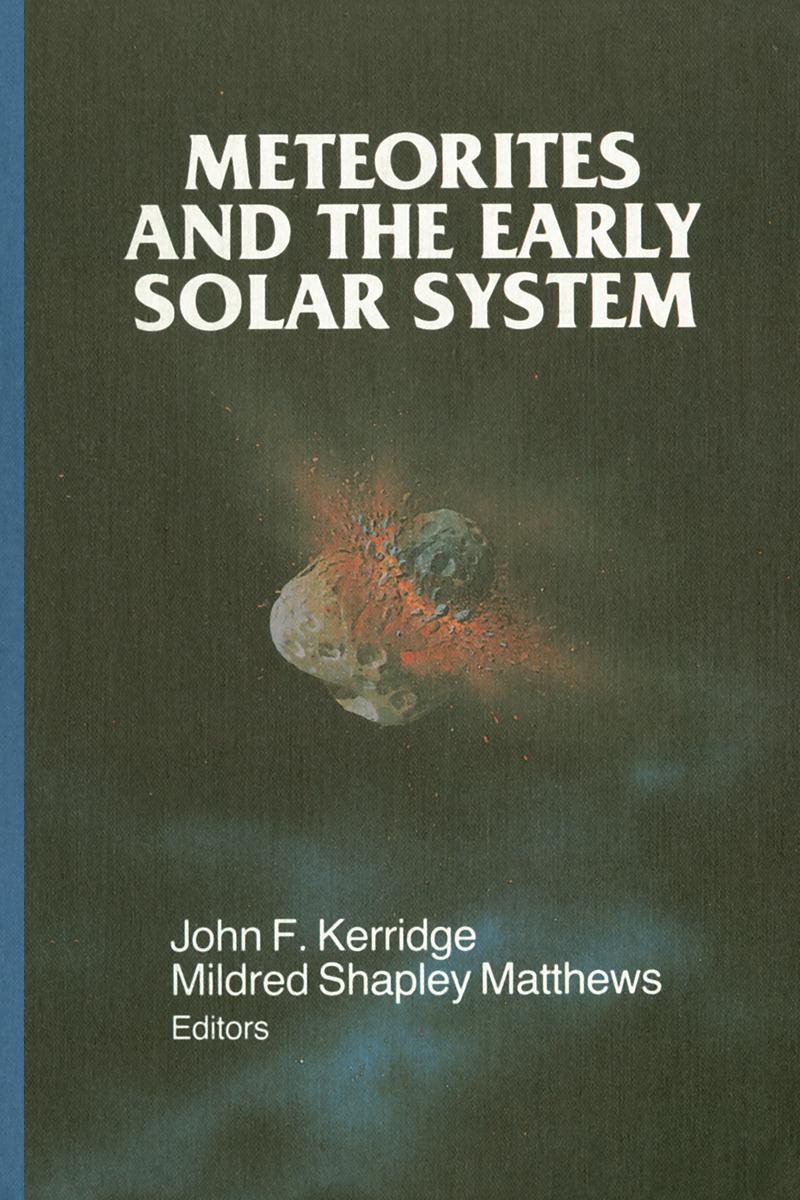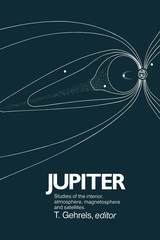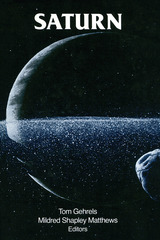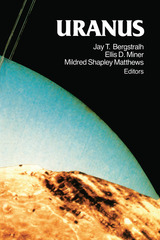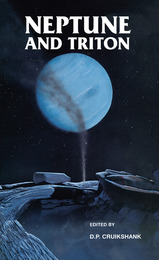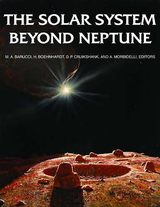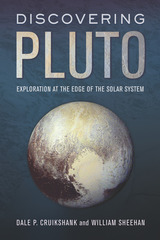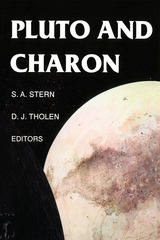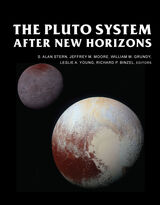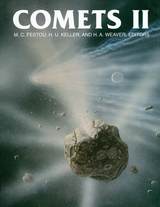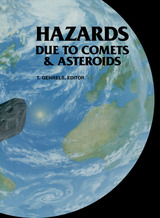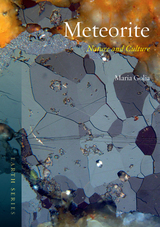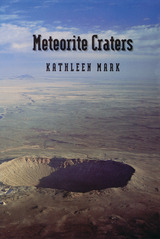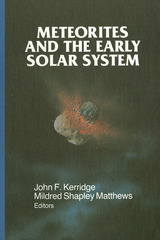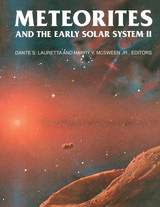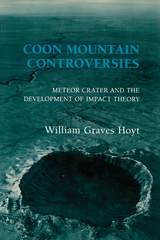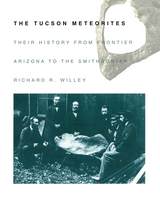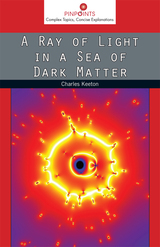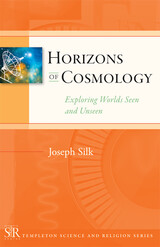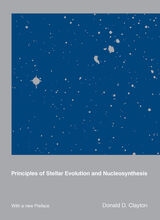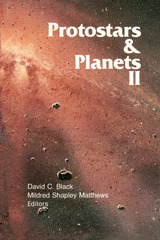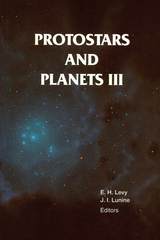Meteorites and the Early Solar System
University of Arizona Press, 1988
Cloth: 978-0-8165-1063-4 | eISBN: 978-0-8165-5447-8
Library of Congress Classification QB755.M485 1988
Dewey Decimal Classification 523.51
Cloth: 978-0-8165-1063-4 | eISBN: 978-0-8165-5447-8
Library of Congress Classification QB755.M485 1988
Dewey Decimal Classification 523.51
ABOUT THIS BOOK | TOC
ABOUT THIS BOOK
First published in November 1988, this work provided a coherent narrative about the known understandings of meteorites and the early solar system.
From the original publication:
From the original publication:
Although the Earth was formed, together with the other planets, at the birth of the solar system, geological activity has since erased all but a hint of the processes that accompanied its formation. If we wish to explore the processes that occurred in the earliest solar system, and the nature of the environment in which they took place, we must turn to the record contained in more primitive material. Many meteorites appear to satisfy that criterion, and much effort has been applied in identifying those meteorites, or their constituents, that have retained a reliable record of the early solar system. This book provides a synthesis of what has been learned so far about the earliest stages of solar system history through the study of meteorites, and what, given our current level of understanding, remains to be learned.
Contents 1. Introduction 2. Source Regions 3. Secondary Processing 4. Irradiation Effects 5. Solar System Chronology 6. Chondrites and the Early Solar System 7. Elemental Composition of Chondrites 8. Magnetic Fields in the Early Solar System 9. Chondrules10. Primitive Material Surviving in chondrites11. Micrometeorites12. Inhomogencity of the Nebula13. Survival of Presolar Material in Meteorites14. Nucleosynthesis15. Nucleocosmochronology16. Summary
Contents 1. Introduction 2. Source Regions 3. Secondary Processing 4. Irradiation Effects 5. Solar System Chronology 6. Chondrites and the Early Solar System 7. Elemental Composition of Chondrites 8. Magnetic Fields in the Early Solar System 9. Chondrules10. Primitive Material Surviving in chondrites11. Micrometeorites12. Inhomogencity of the Nebula13. Survival of Presolar Material in Meteorites14. Nucleosynthesis15. Nucleocosmochronology16. Summary
See other books on: Matthews, Mildred Shapley | Meteorites | Solar system | Space Science | Stellar & Solar
See other titles from University of Arizona Press
